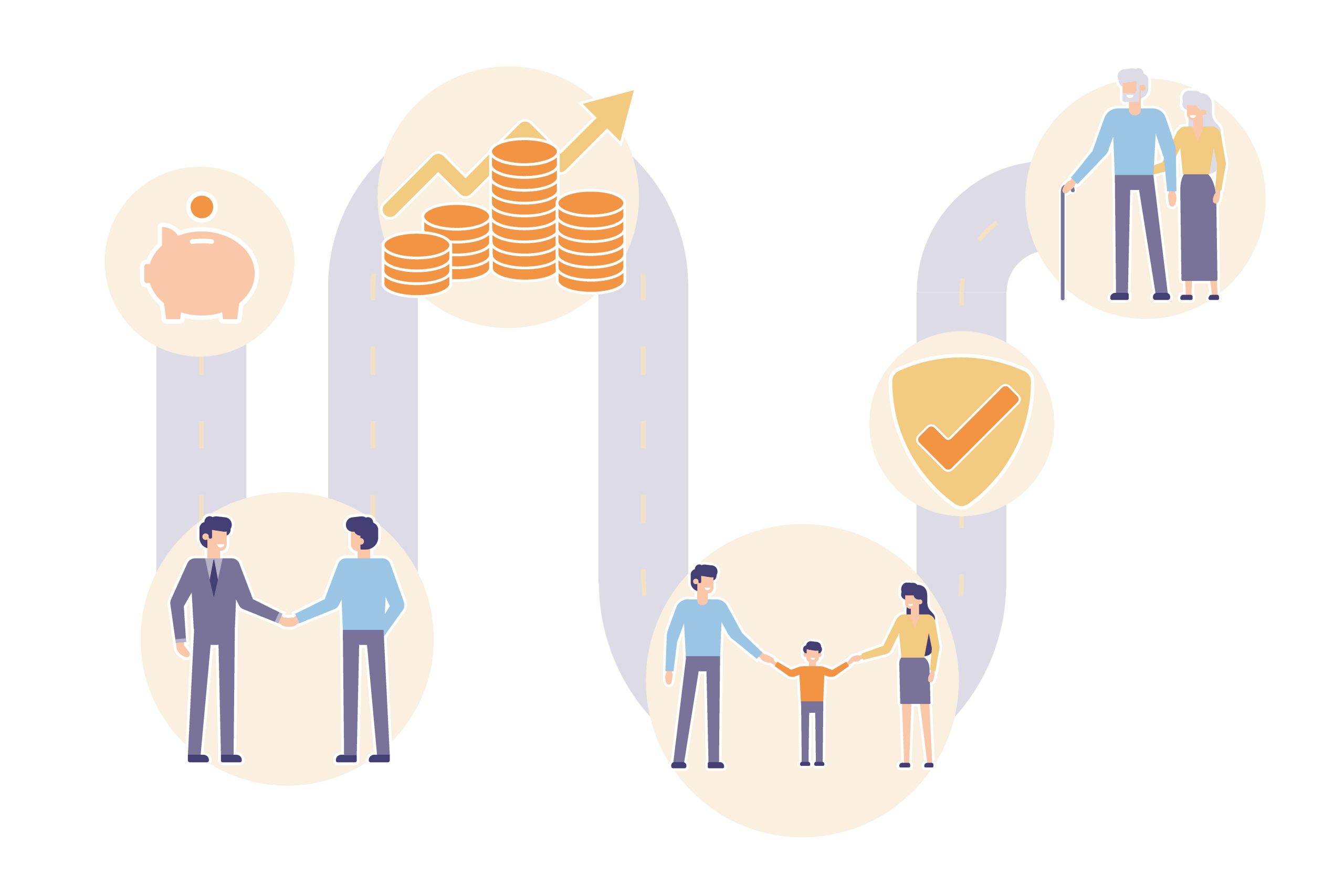The bill for the Secure Act 2.0, otherwise known as H.R. 2954, passed the House with a 414-5 vote in late March. While the bill heads to the Senate where modifications are sure to be made, it is rare to see a bill with such strong bipartisan support.
What’s in it? Here are some highlights of the proposed legislation:
- Auto-enrollment of employees in most new 401(k) plans.
- Delays Required Minimum Distributions (RMDs) to age 73 beginning January 1, 2023, to age 74 starting January 1, 2030 and to age 75 starting January 1, 2033.
- Increases “catch up” contributions (age 62, 63 and 64). The bill increases contributions (currently $6,500) to $10,000 for those individuals aged 62, 63 and 64 (note: but not 65). The bill retains the current age 50+ “catch up” contribution limit.
- Roth SIMPLE & SEP IRAs: Under current law, a SEP and SIMPLE IRA contribution may not be designated as a Roth IRA. Secure Act 2.0 would allow participants to make Roth contributions.
- Catchup contributions: 401(k) plan “catch up” contributions for those age 50 and older would be required to be made on a Roth basis.
- Penalty Reduction – Failure to take a Required Minimum Distribution (RMD): Secure Act 2.0 reduces the federal penalty tax failure to take an RMD from 50% to 25%.
- Qualified Charitable Distributions (QCD): Under current law, QCDs are limited to $100,000. Under Secure Act 2.0, the annual limits would be indexed for inflation.
While none of the proposed changes have yet to become law, this should serve as a reminder that retirement rules and tax laws are always in flux and we need to keep a watchful eye on potential changes in the future. If you’re curious how this may impact your financial situation, reach out to your Planner or give us a call.
Sources:



Social Media